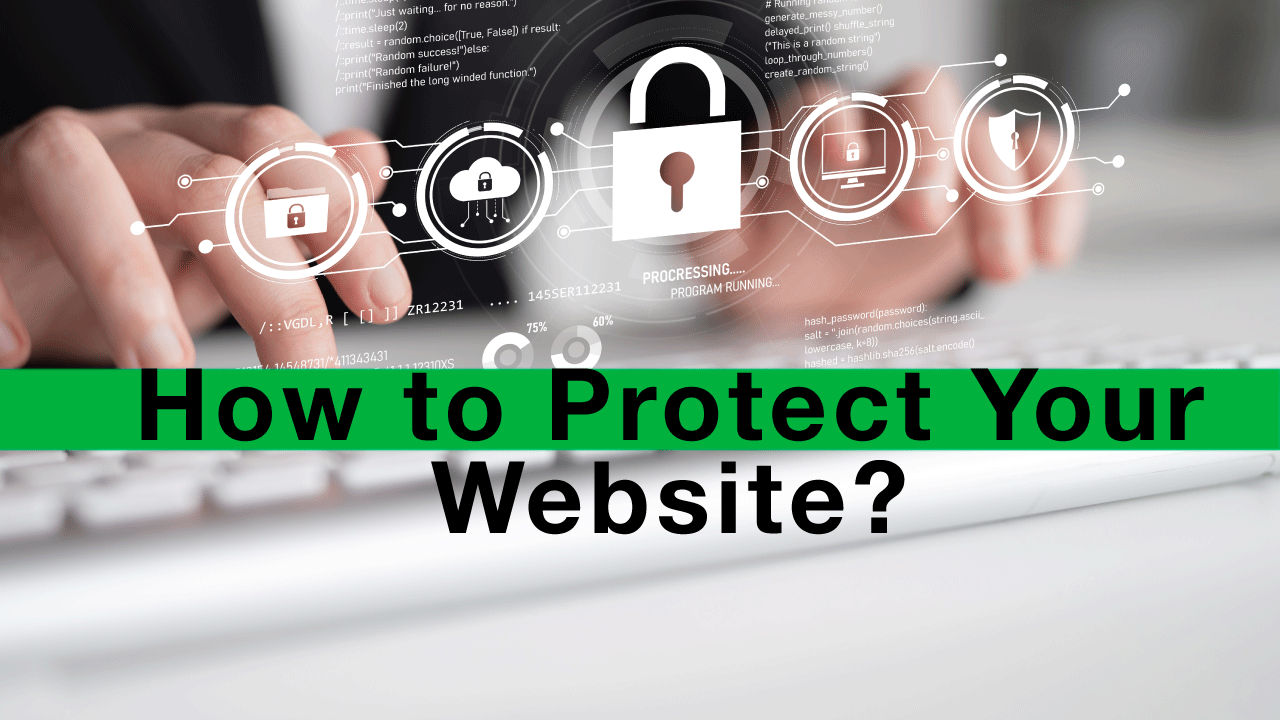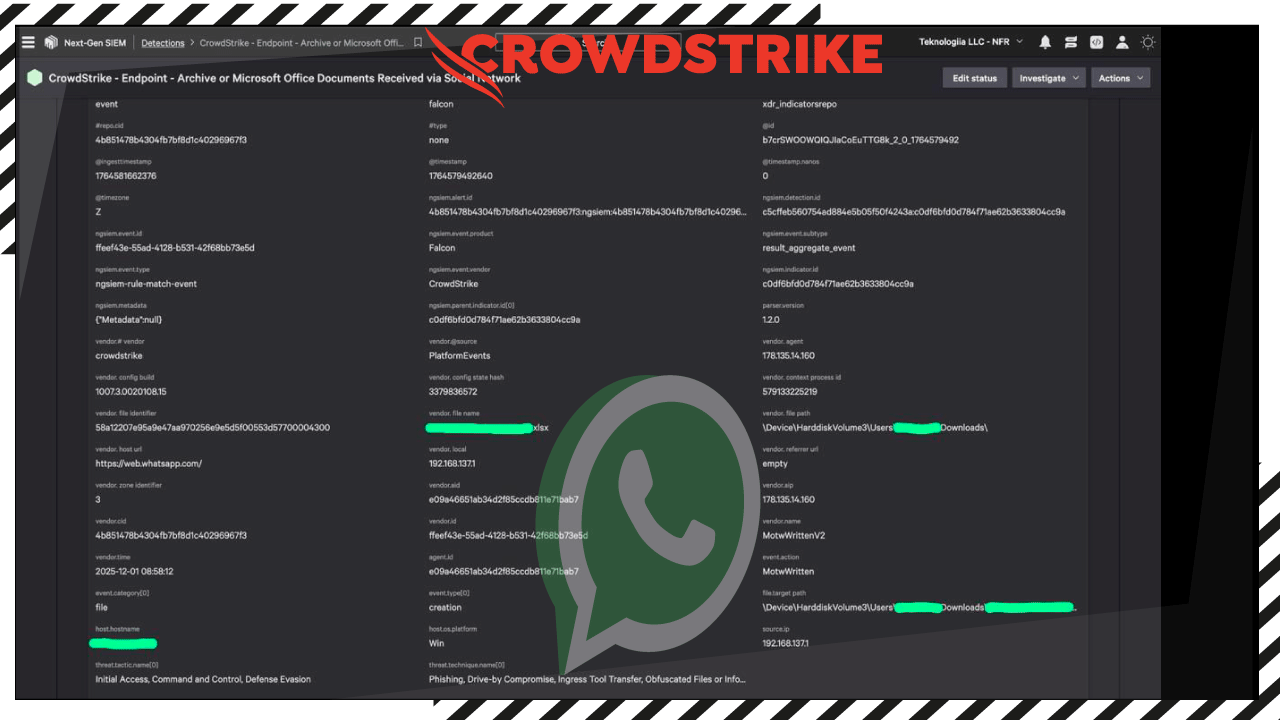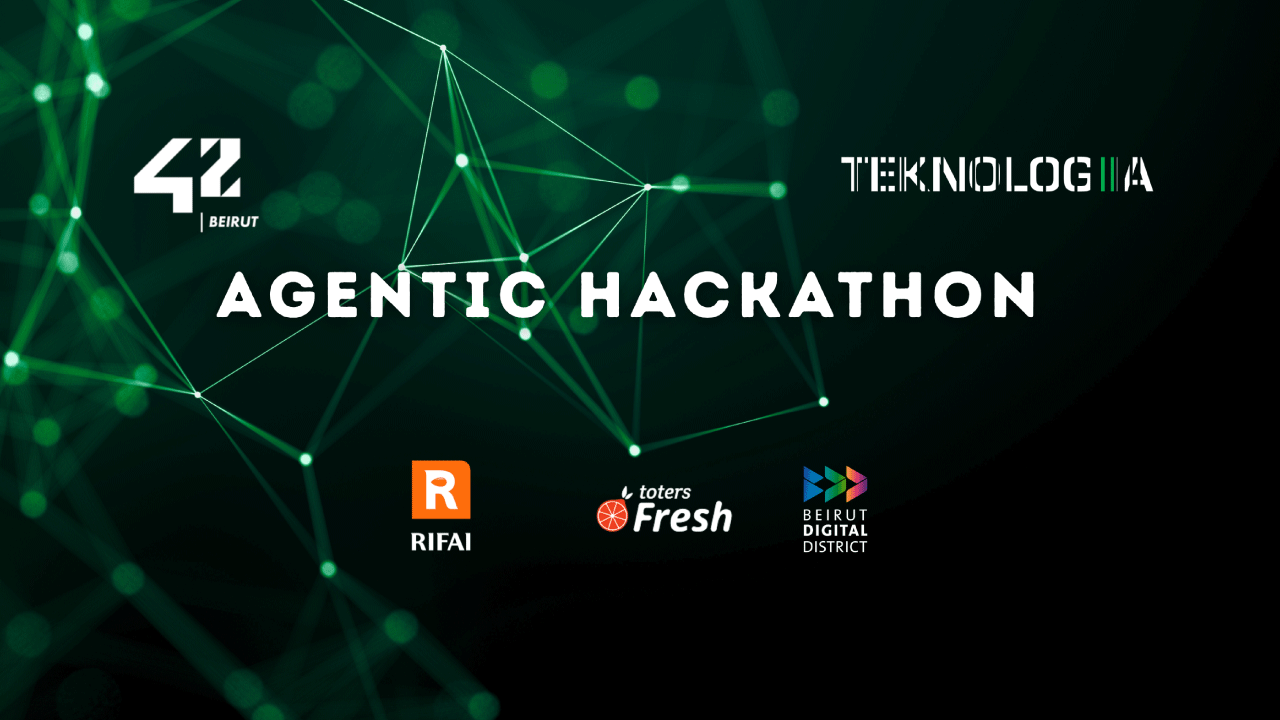Why Your Website Needs Protection?
When thinking about cybersecurity, most people imagine external hackers breaking through firewalls. Yet one of the most dangerous threats is often inside your organization: insider risk — even from the very developers you trust to build your site.
The Hidden Danger: Insider Threats
Developers, system administrators, and others with deep backend access are essential. But this very access gives them power — and risk. Insider threats don’t always come from malicious intent; they often arise from:
-
Accidents: A simple coding error or misconfiguration opens a vulnerability.
-
Negligence: Weak passwords, unchecked credentials in source code, or insecure development practices.
-
Malicious insiders: Disgruntled employees or contractors who deliberately misuse access.
Because insiders already hold valid credentials and understand the system intimately, traditional external defenses (firewalls, perimeter security) are less effective at catching them.
Why It’s Vital to Limit Developer Access
The key principle here: least privilege. No person, not even a developer, should have more access than necessary to perform their job. When permissions are overly broad:
-
A single mistake can cascade into a serious breach.
-
A malicious actor can exploit areas they shouldn’t touch.
-
Detection becomes more difficult, since any behavior could seem “normal.”
In short, internal access without guardrails is a major vulnerability.
Best Practices to Mitigate Insider Risks
Here are practical controls and strategies you should adopt:
1. Enforce Principle of Least Privilege (PoLP)
Grant each developer or administrator only the access they truly need. Review and adjust permissions periodically.
This drastically limits the blast radius of any mistake or misuse.
2. Use Role-Based / Attribute-Based Access Controls (RBAC / ABAC)
Instead of granting blanket access, use roles or attributes to determine what a user can do under certain conditions dynamically.
Some research suggests combining ABAC with “moving target defense” techniques to make unauthorized access harder to exploit.
3. Require Approvals for Sensitive Actions
Critical operations (e.g. changing security settings, accessing financial databases), require a second-level approval or break-glass procedure.
4. Implement Continuous Monitoring & Audit Logging
Record every action taken by privileged users. Use anomaly detection to alert on suspicious changes.
Behavioral analytics can help spot deviations from normal developer patterns (unusual hours, unexpected API changes).
5. Code Reviews & Segregation of Duties
Ensure that any sensitive code changes are peer-reviewed. Avoid letting a single person control the entire development-to-production path.
6. Secrets Management & Credential Hygiene
Never store credentials in code or version control. Use secrets vaults, environment variables, and rotate credentials frequently.
7. Sandboxing and Isolated Environments
Permit developers to test code in isolated, constrained environments instead of direct access to production systems.
8. Offboarding & Access Revocation
When someone leaves or moves roles, immediately revoke their permissions. Don’t leave orphaned accounts active.
9. Training & Awareness
Make sure developers and IT staff understand insider risk, secure coding practices, and your organization’s security policies.
How CrowdStrike Can Help
CrowdStrike has features designed specifically to combat these insider risks. One of the most effective is its granular privilege assignment and access control. Instead of giving developers or admins blanket access to everything, CrowdStrike ensures that:
- Privileges are tightly assigned: Each developer only has access to what is necessary for their role.
- Administrative actions require approval: Certain critical actions, such as accessing sensitive systems or modifying security policies, can require permission from higher-level admins.
- Audit trails and monitoring: Every action is logged, so suspicious behavior can be detected quickly.
By combining access control with real-time monitoring and alerts, CrowdStrike makes it much harder for a single insider, whether careless or malicious, to put your website at risk.
Final Thoughts
Websites are not just at risk from hackers on the outside. Insider threats are a very real challenge, and protecting against them requires the following:
-
Enforce strict access control.
-
Log and monitor all privileged actions.
-
Use role-based controls, approvals, and secure credential handling.
-
Employ tools like CrowdStrike that support fine-grained enforcement and detection.
After all, security does not just mean protecting your website from outsiders. It means protecting it from the inside too.
Ask the experts. Don’t wait for a breach to take action, strengthen your defenses now with professional support you can trust.



